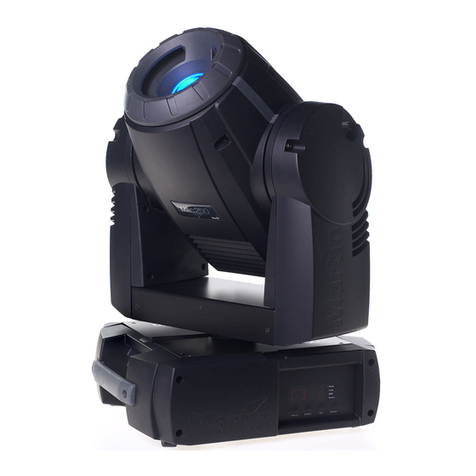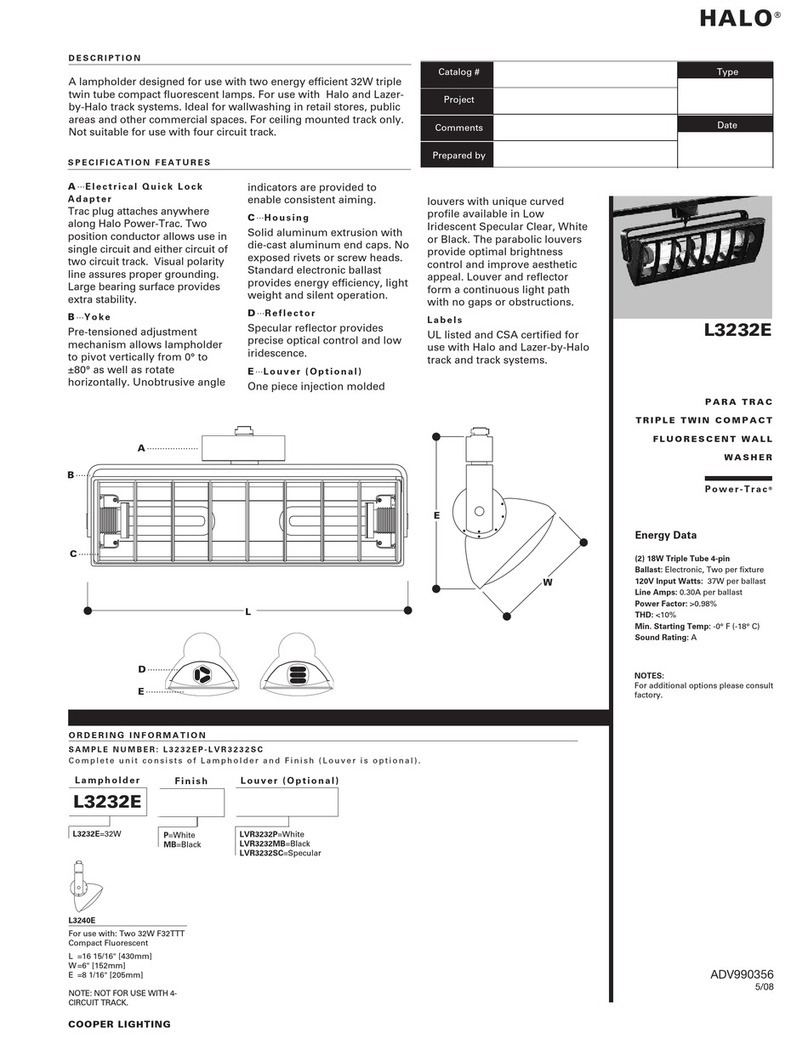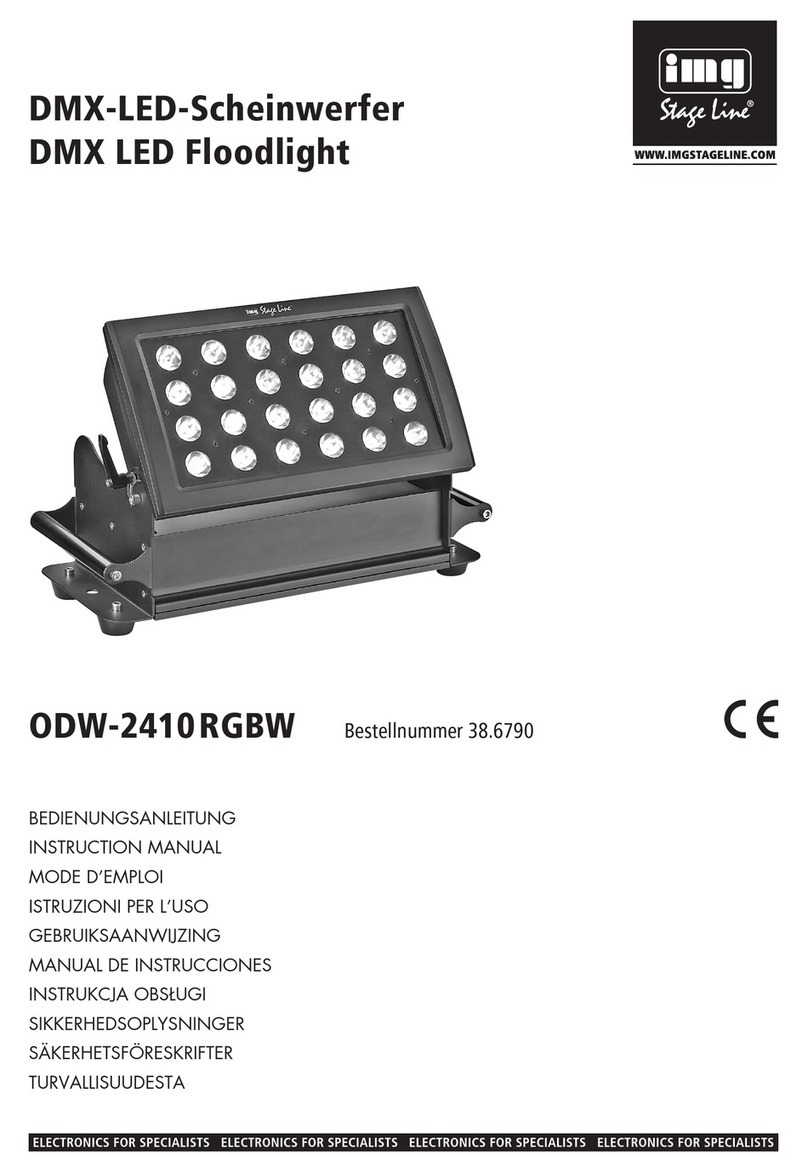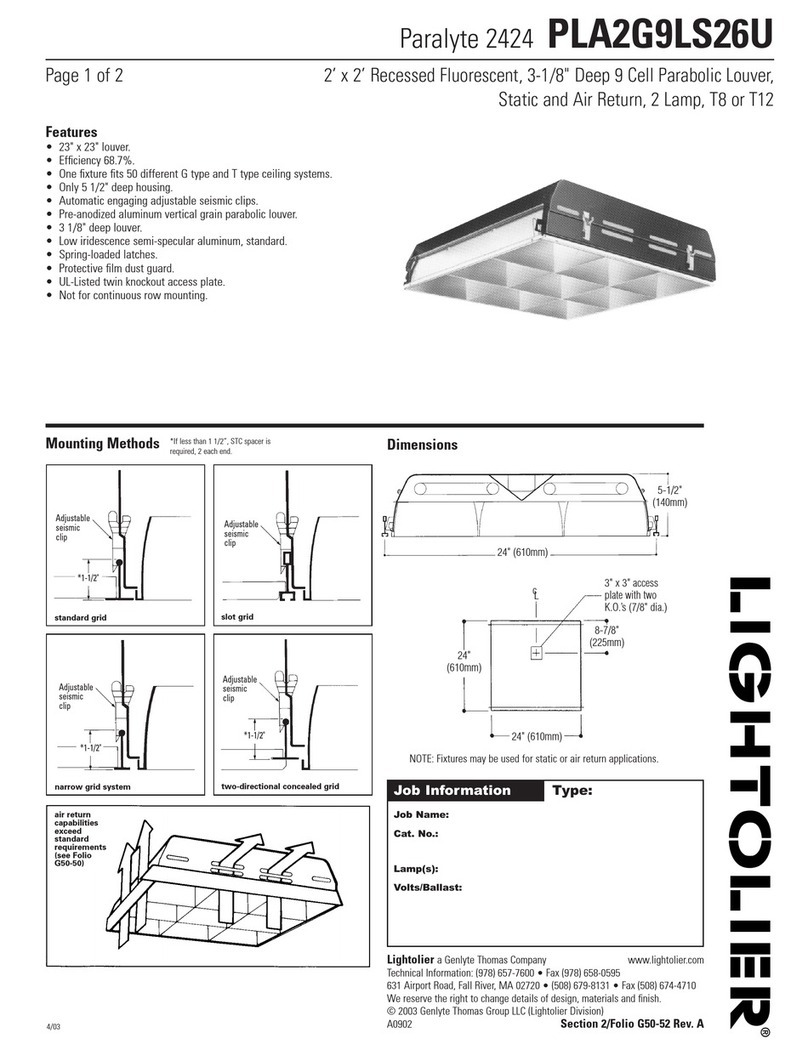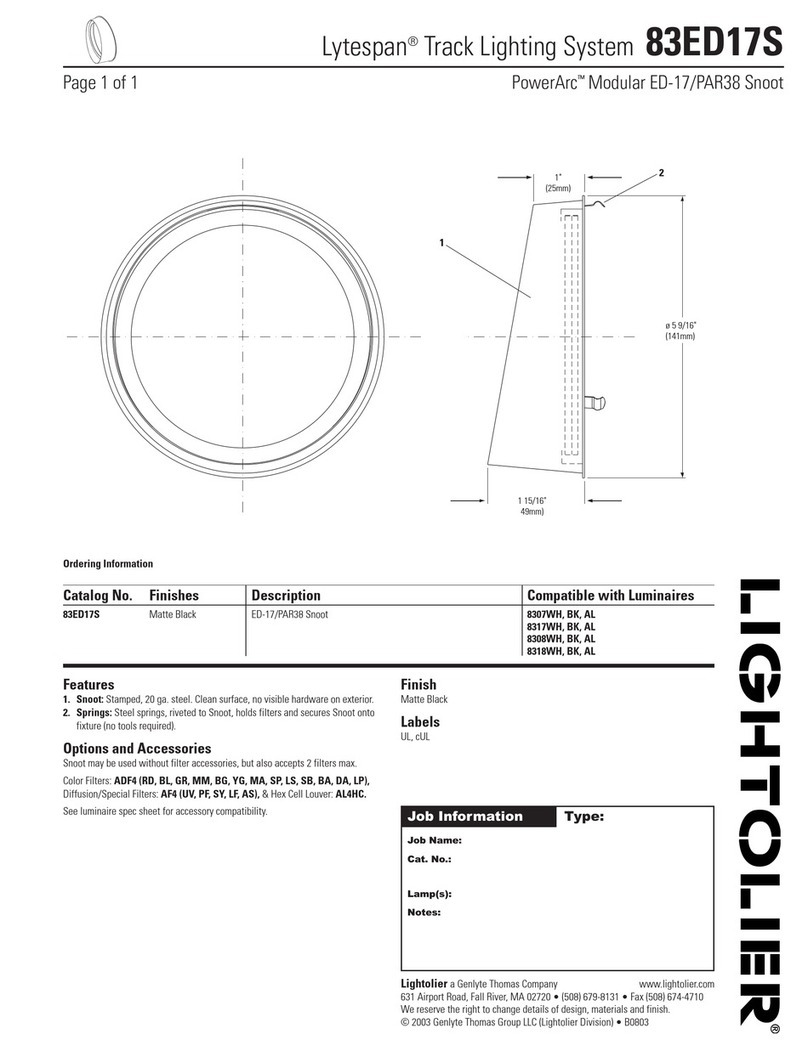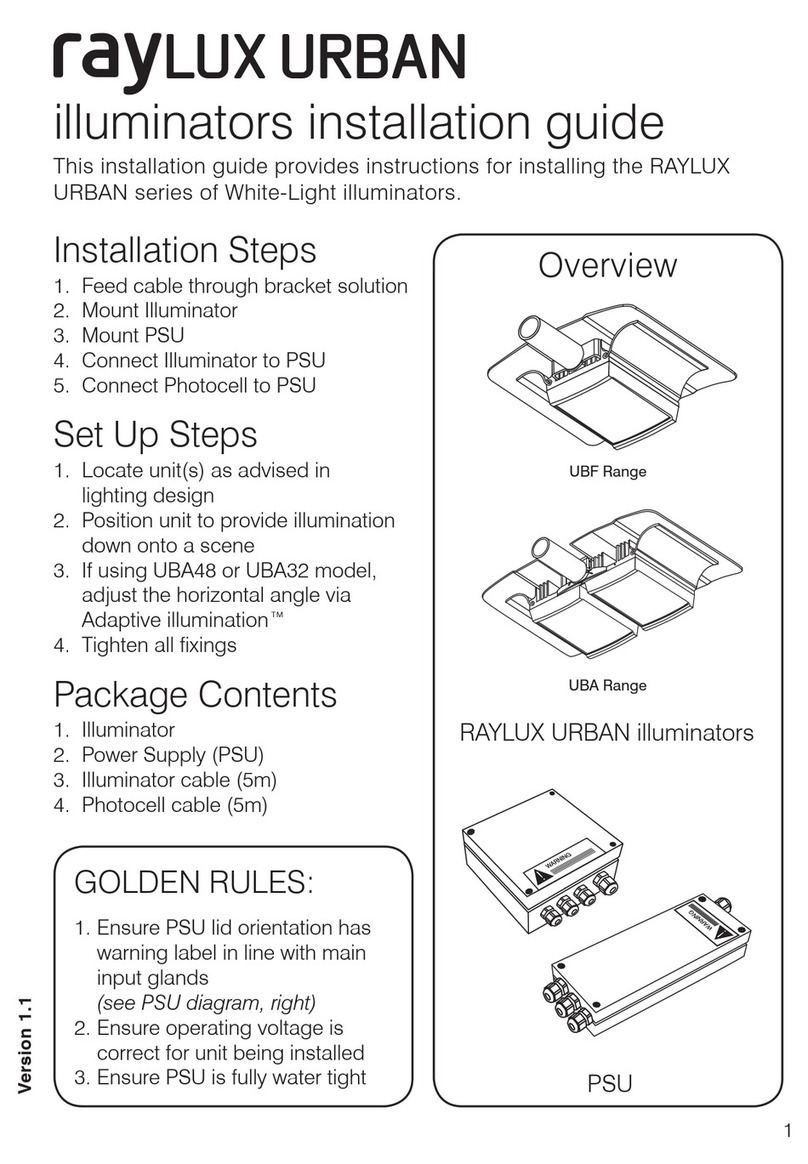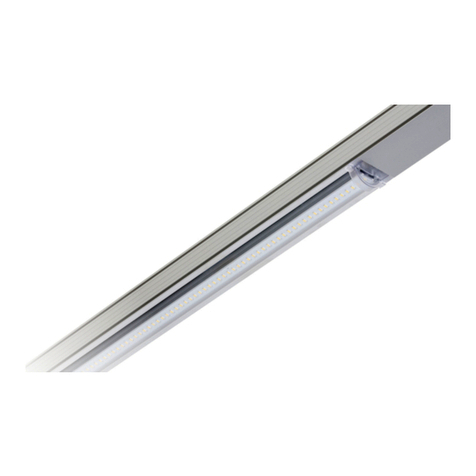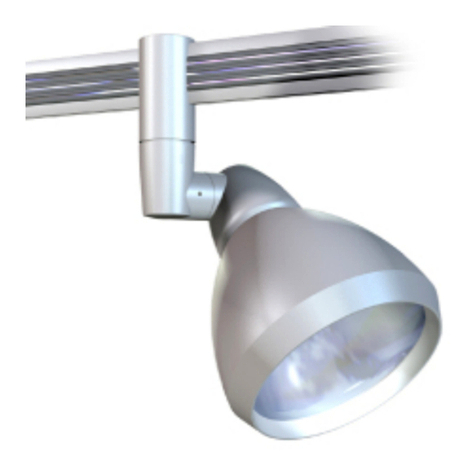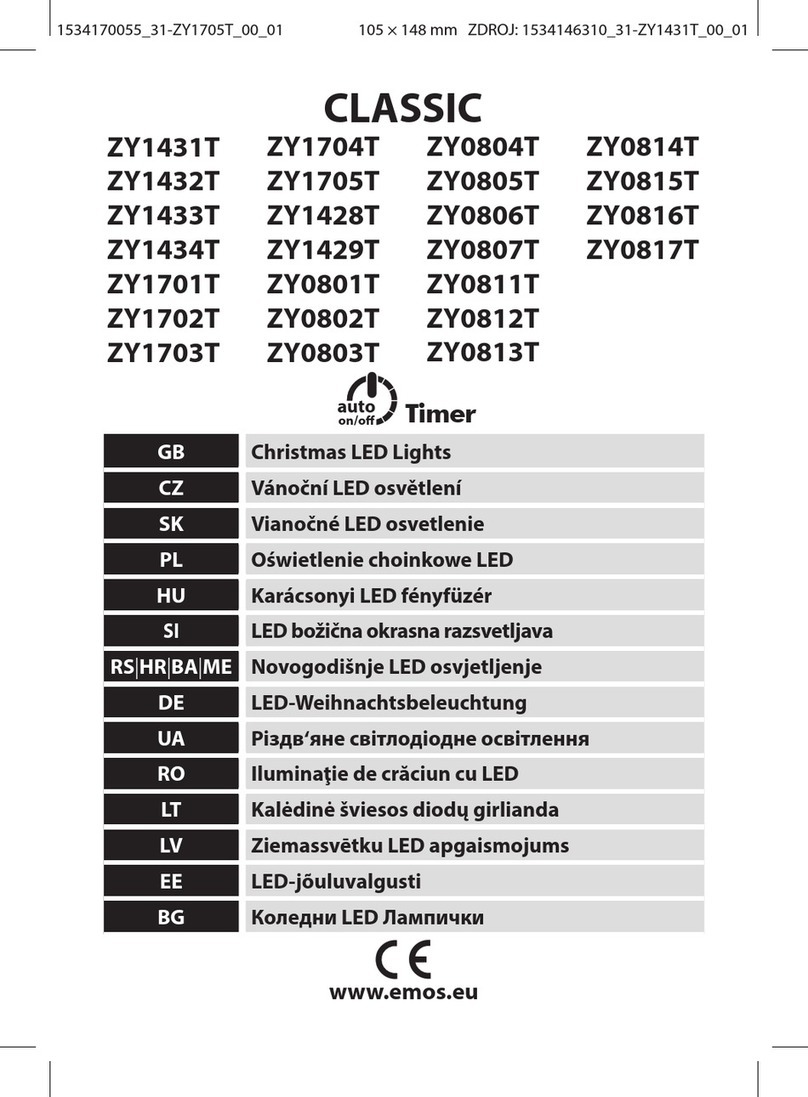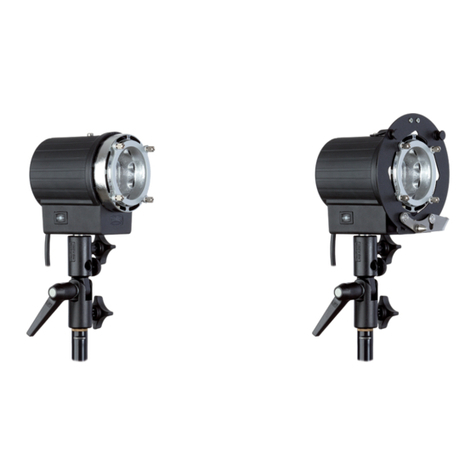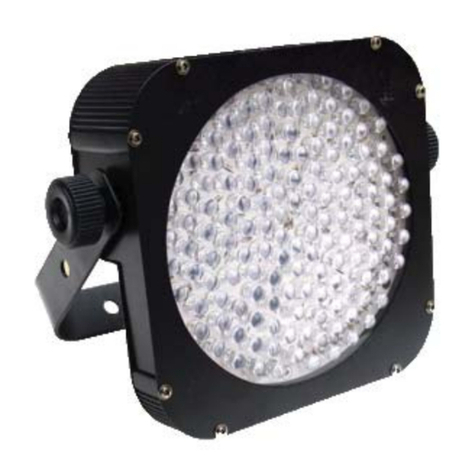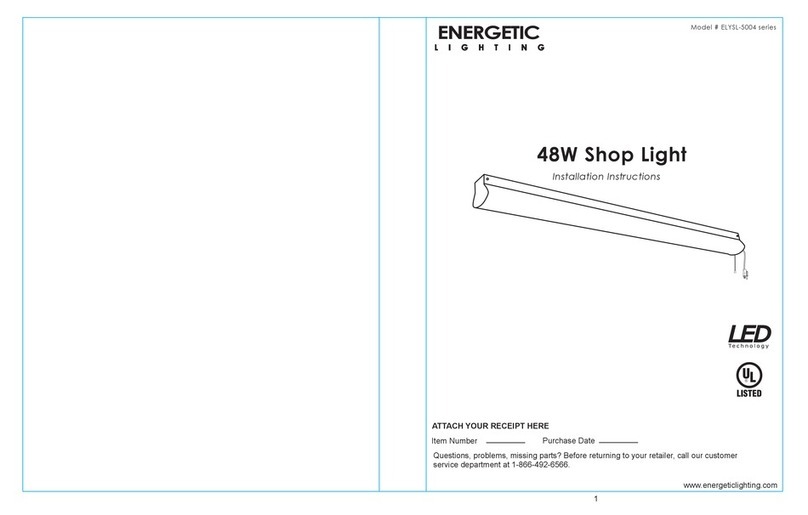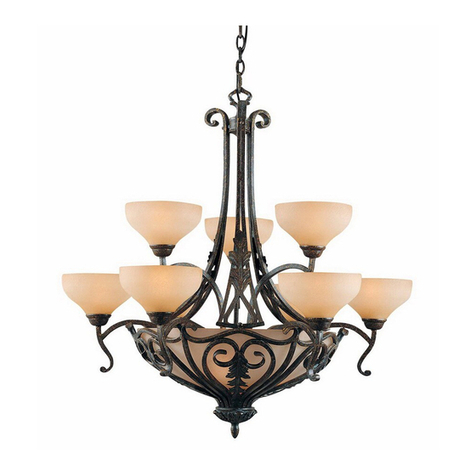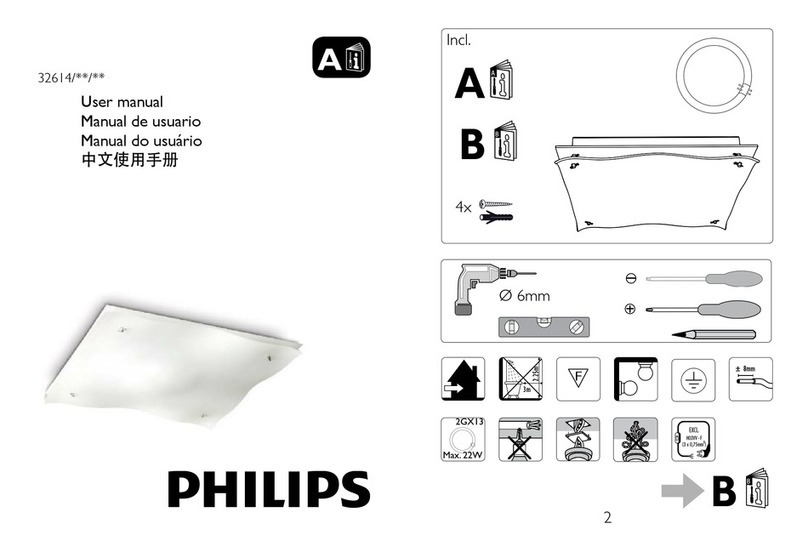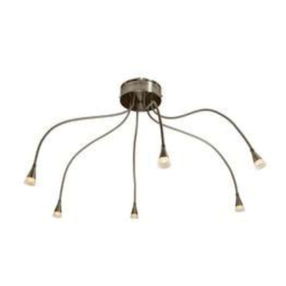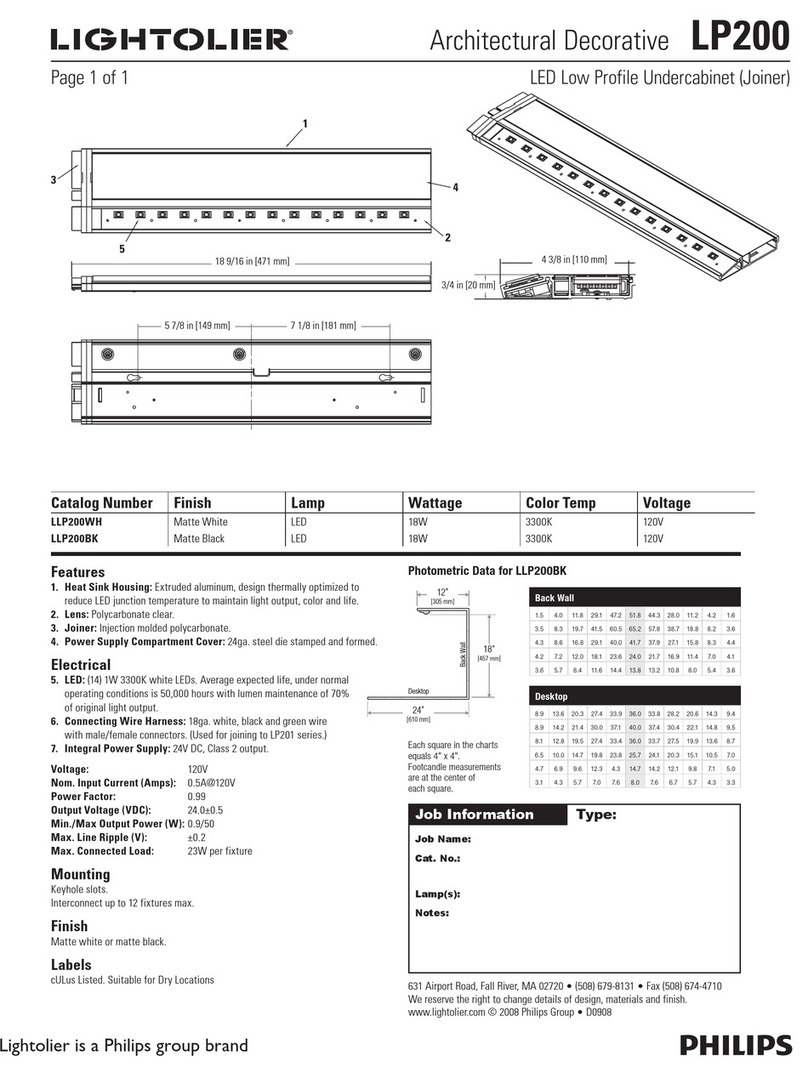
Contents
1
Getting started..............................................................................................................................1
1.1
VTS identification ........................................................................................................................1
2
Safety ............................................................................................................................................2
2.1
Heat
.............................................................................................................................................2
2.2
Electrical......................................................................................................................................2
2.3
General........................................................................................................................................3
2.5
Eye/skin safety guidance.............................................................................................................3
2.5.1
IEC/BS EN62471 RiskGroups...............................................................................................3
3
Sicherheit ......................................................................................................................................4
3.1
Wärme.........................................................................................................................................4
3.2
Elektrik ........................................................................................................................................4
3.3
Allgemein ....................................................................................................................................5
3.4
Installationsanleitung
..................................................................................................................5
3.5
Sicherheitsleitfaden für Augen/Haut ..........................................................................................5
3.5.1
IEC/BS EN62471 Risikogruppen...........................................................................................6
4
Sécurité .........................................................................................................................................7
4.1
Chaleur........................................................................................................................................7
4.2
Électricité ....................................................................................................................................7
4.3
Généralités..................................................................................................................................8
4.4
Guide d’installation
.....................................................................................................................8
4.5
Conseils de sécurité pour les yeux et la peau..............................................................................8
4.5.1
Groupes de risqueIEC/BSEN62471 .....................................................................................9
5
Mounting the VTS .......................................................................................................................10
6
Connecting the VTS .....................................................................................................................12
6.1
Network connection..................................................................................................................12
6.2
Connecting the power supply...................................................................................................13
6.2.1
VTS power supplyhandling ...............................................................................................13
6.3
Trigger input .............................................................................................................................14
6.4
Trigger output...........................................................................................................................15
6.5
Communications ......................................................................................................................16
6.5.1
Ethernet option ................................................................................................................16
6.5.2
RS232 option....................................................................................................................16
6.6
EMC compliance.......................................................................................................................16

